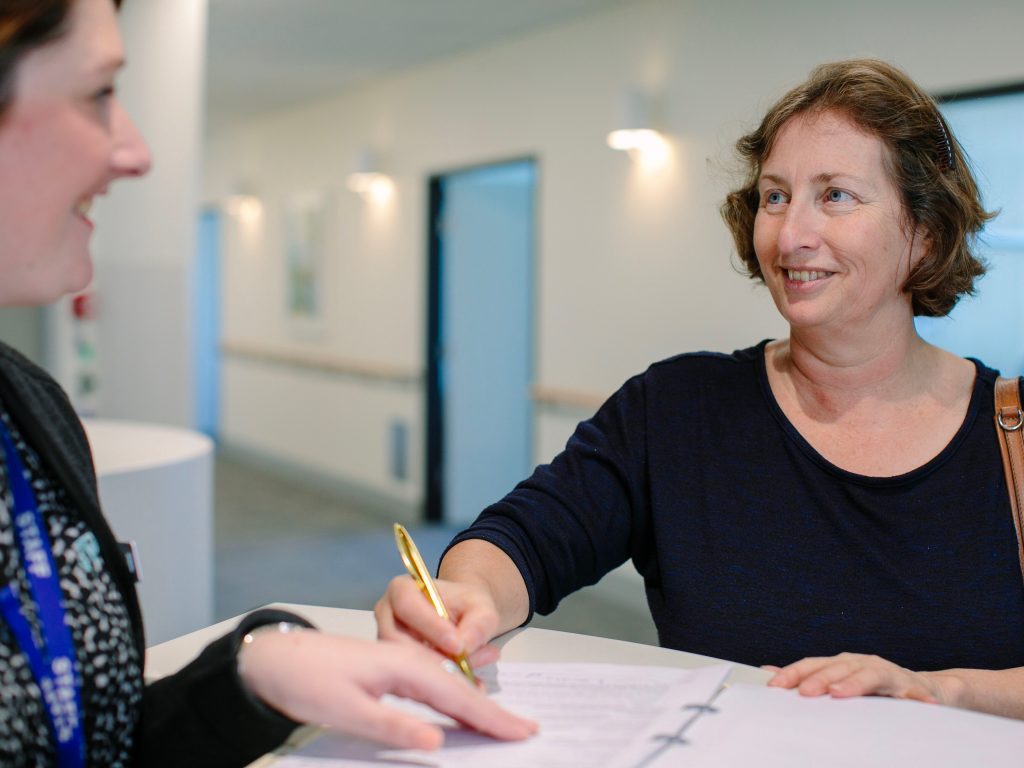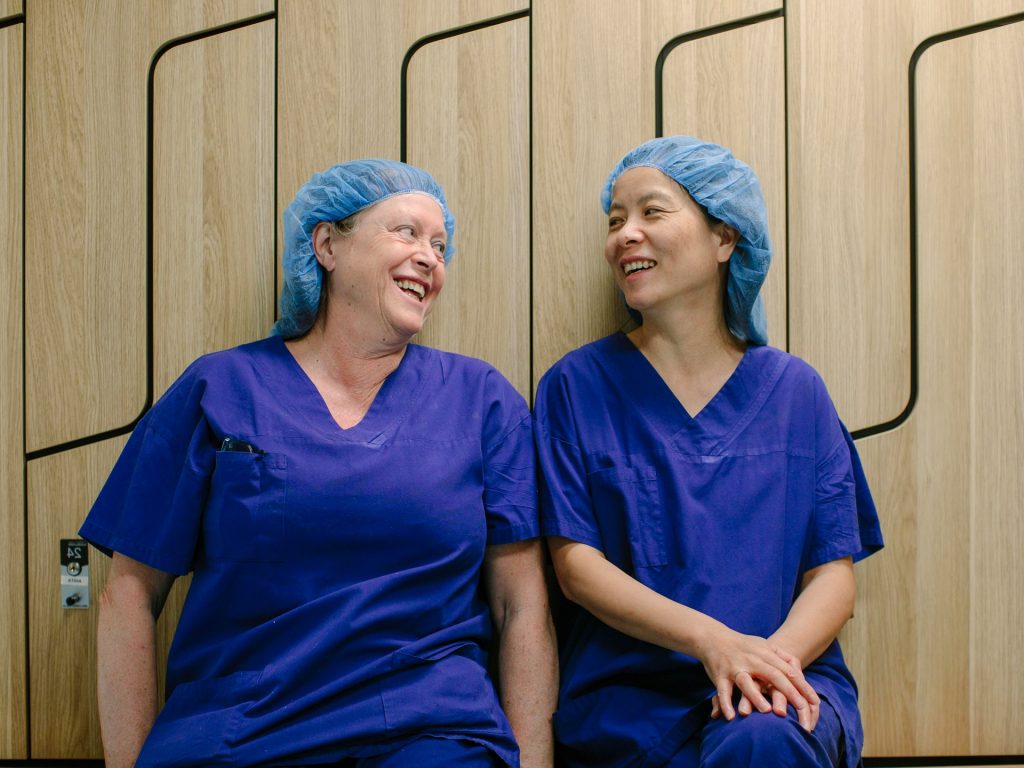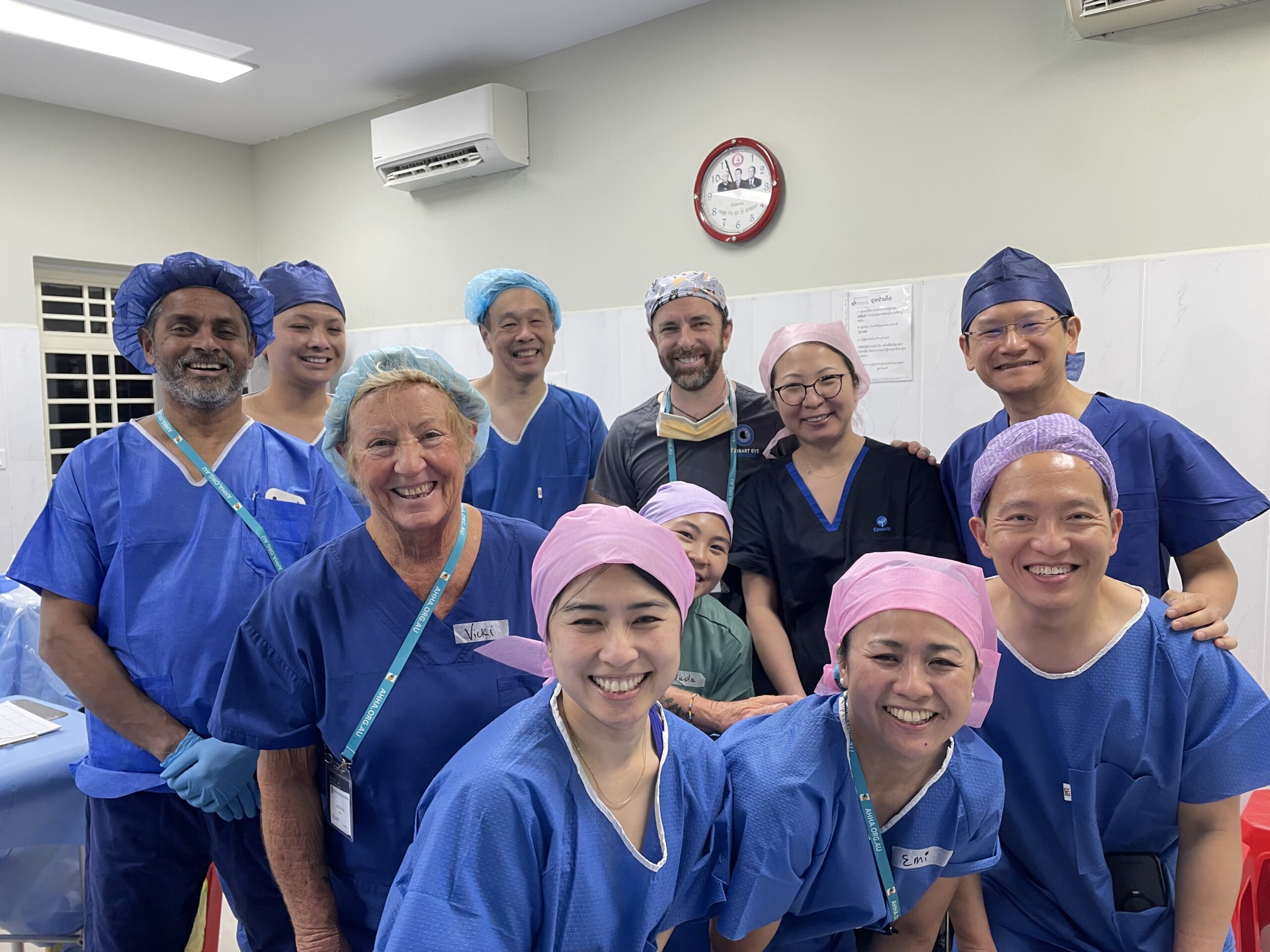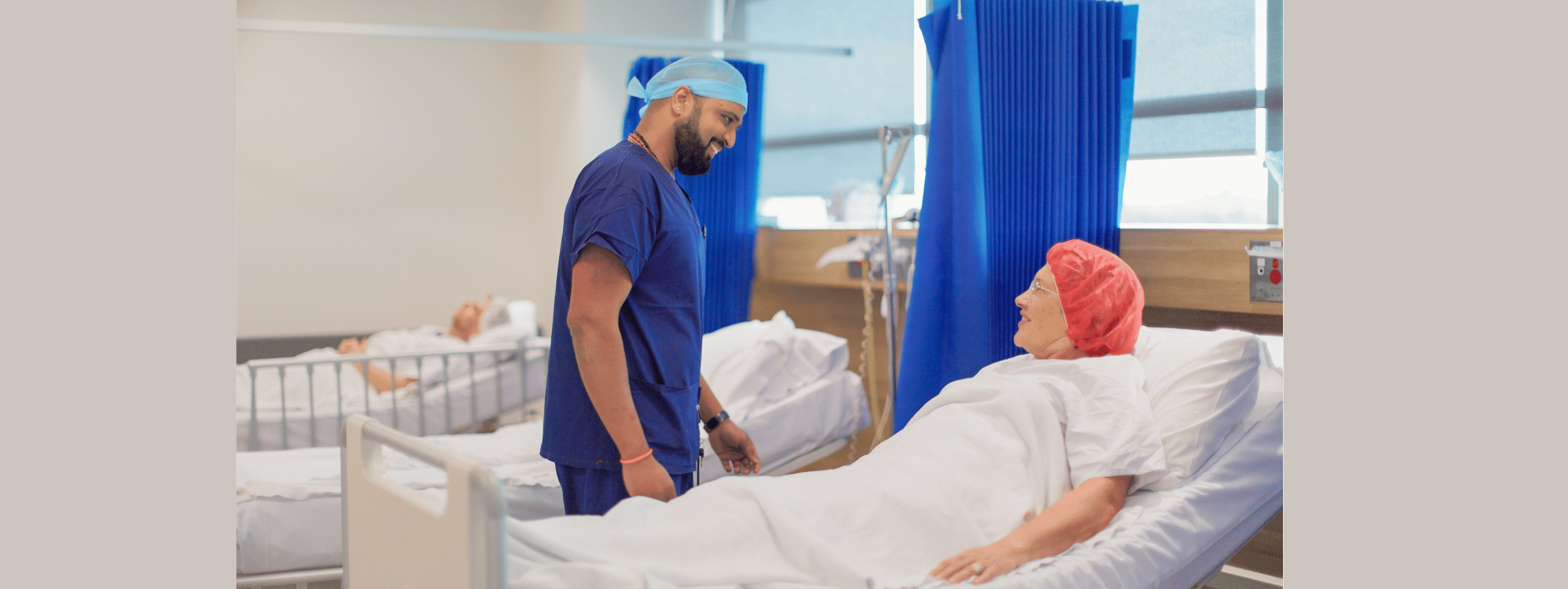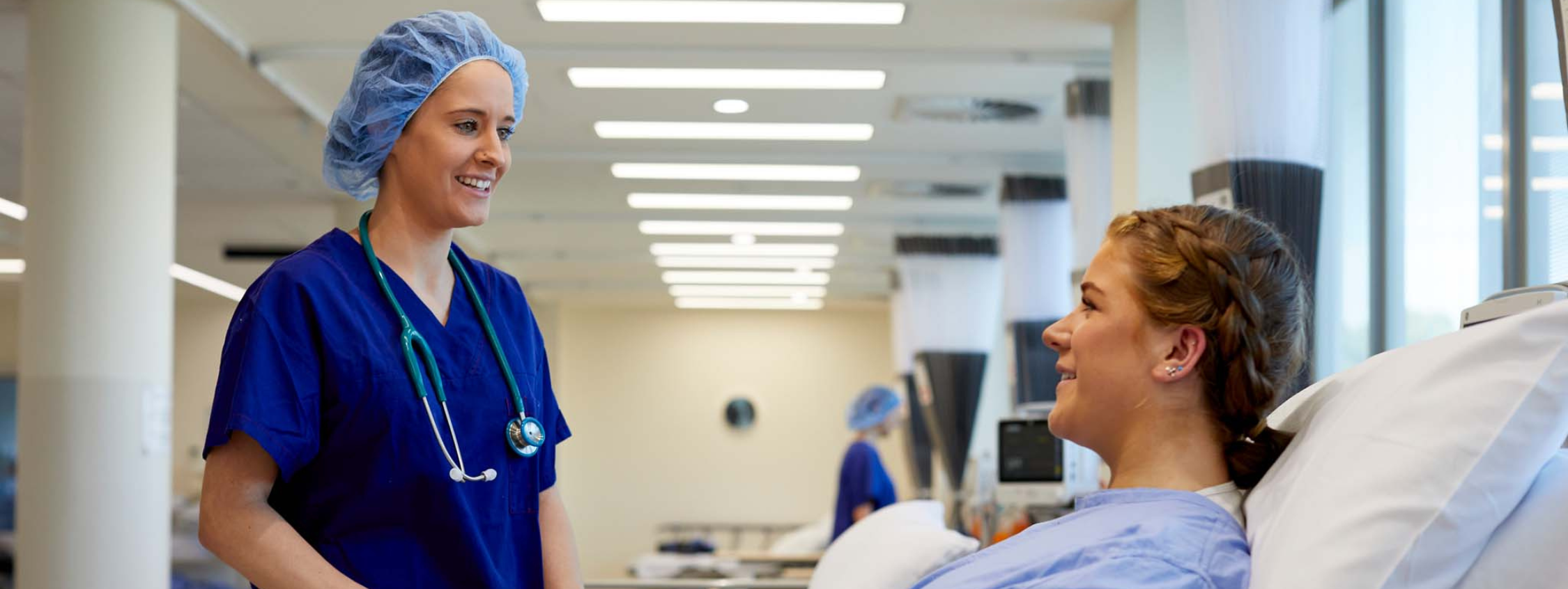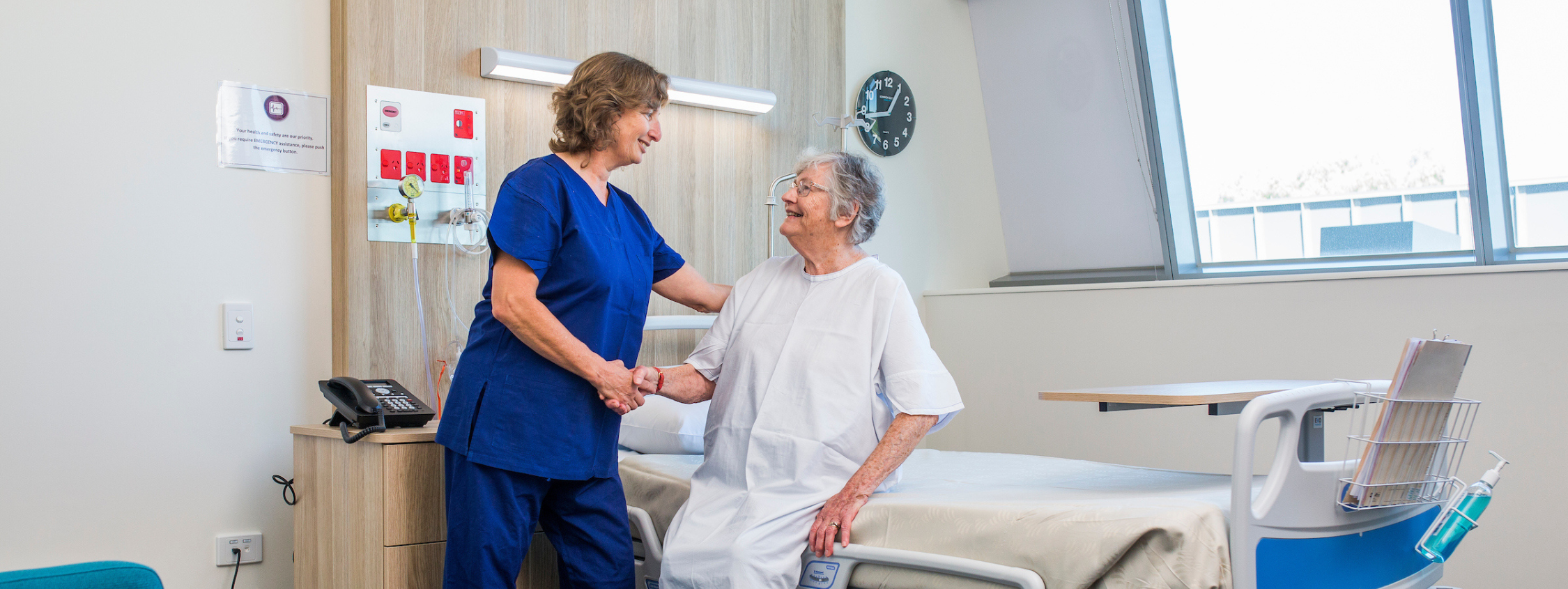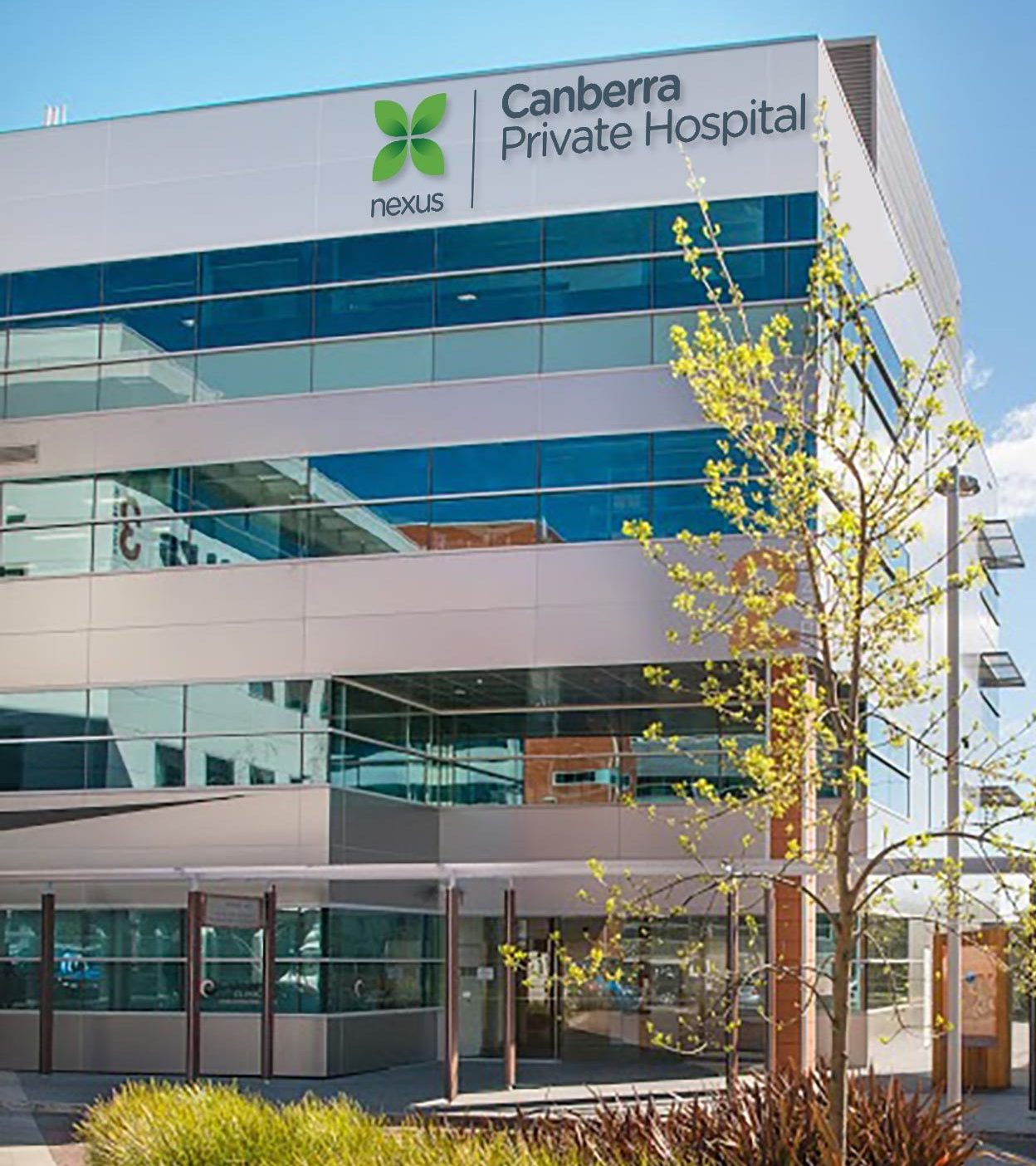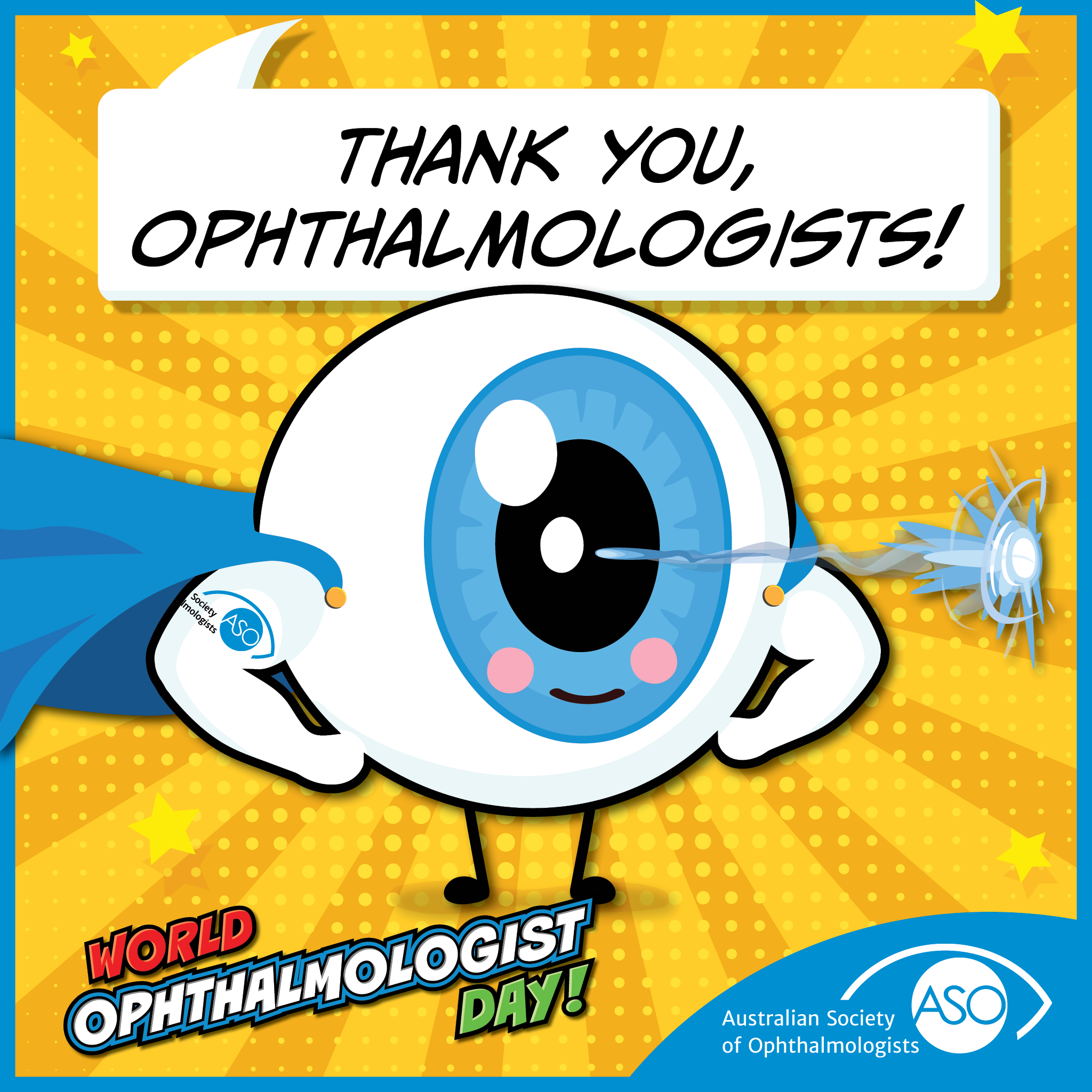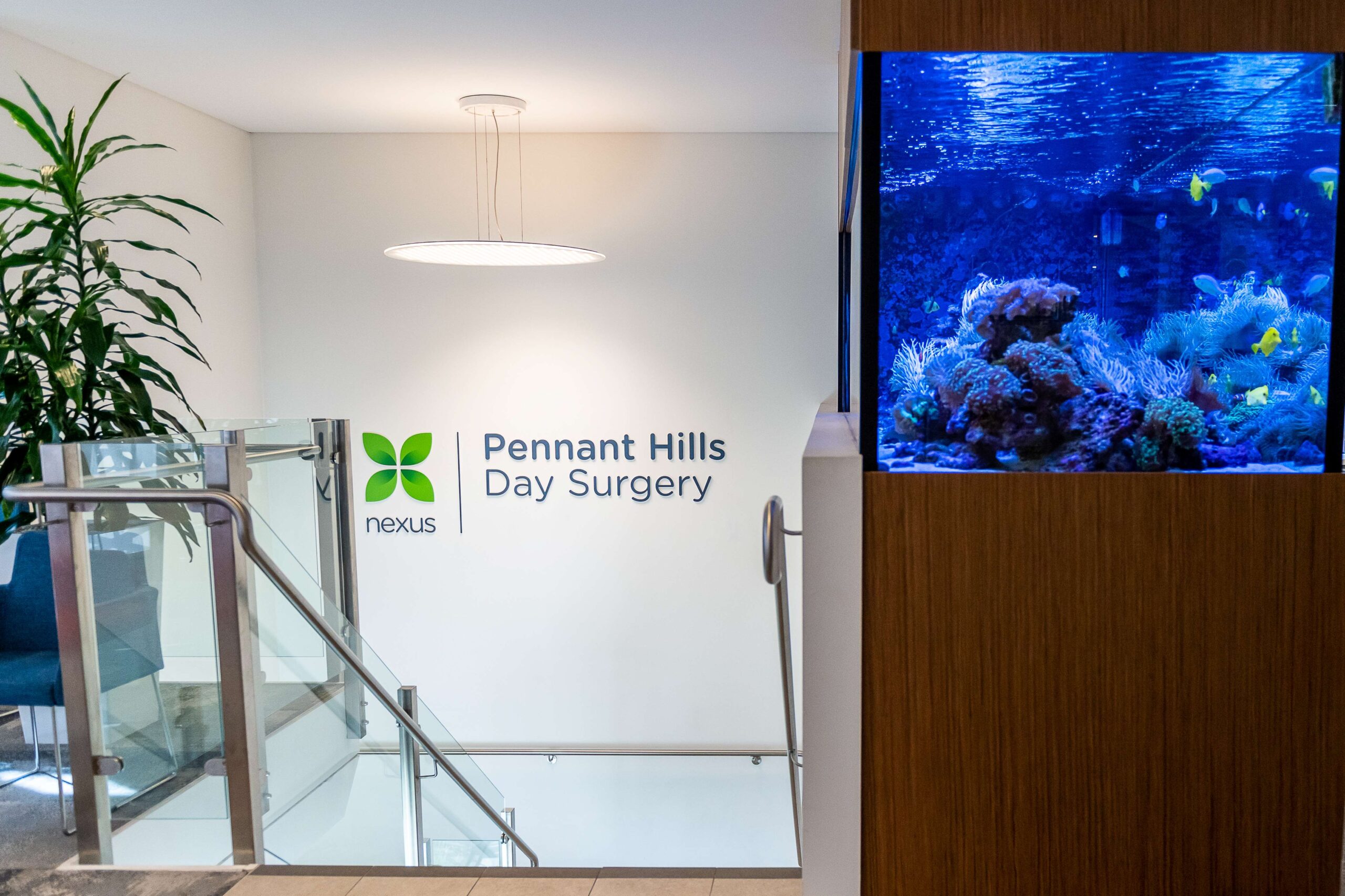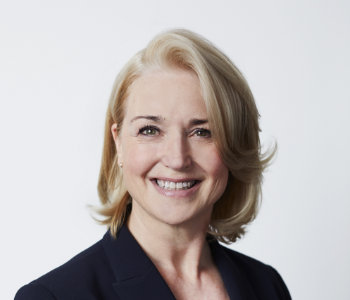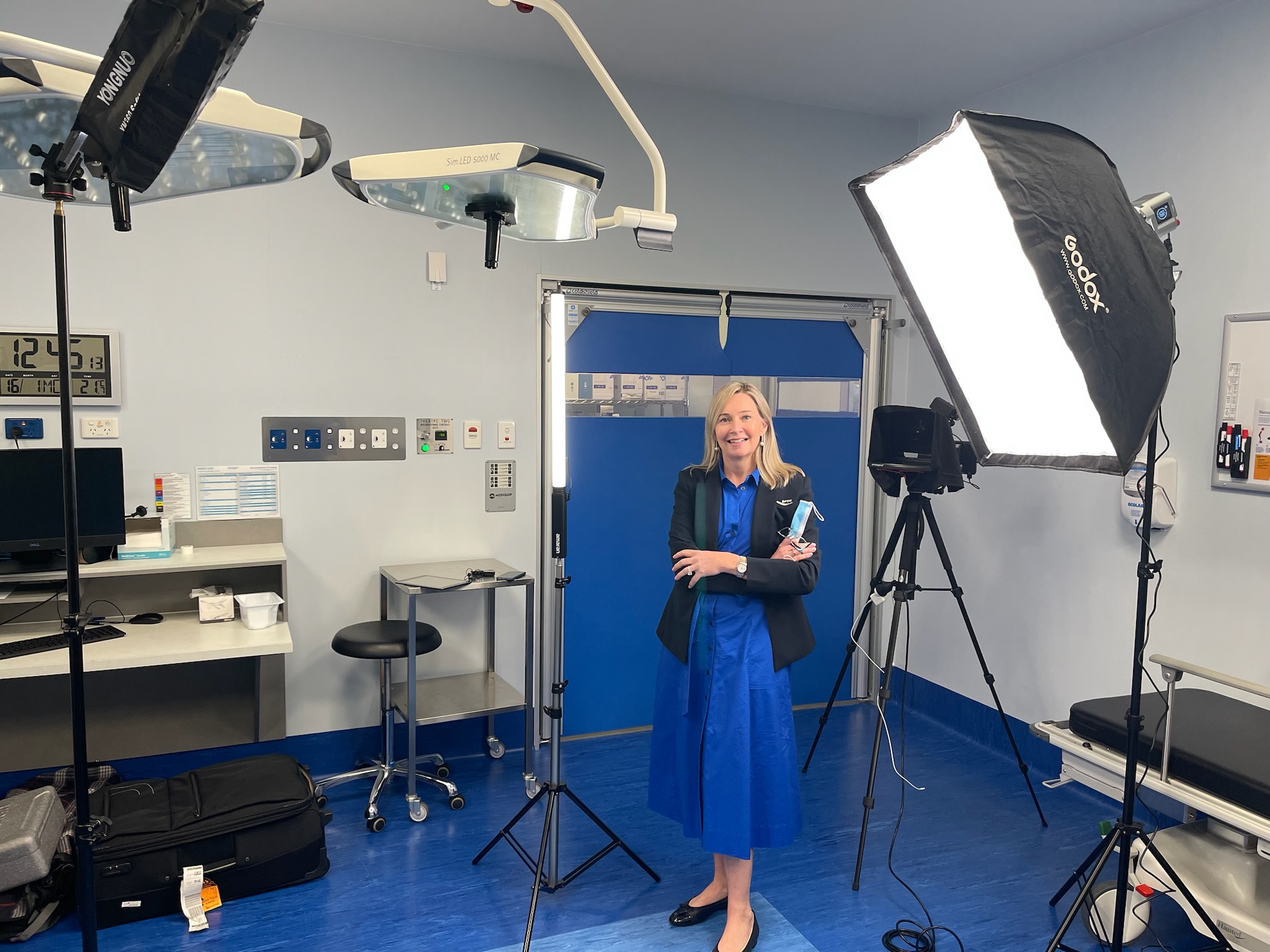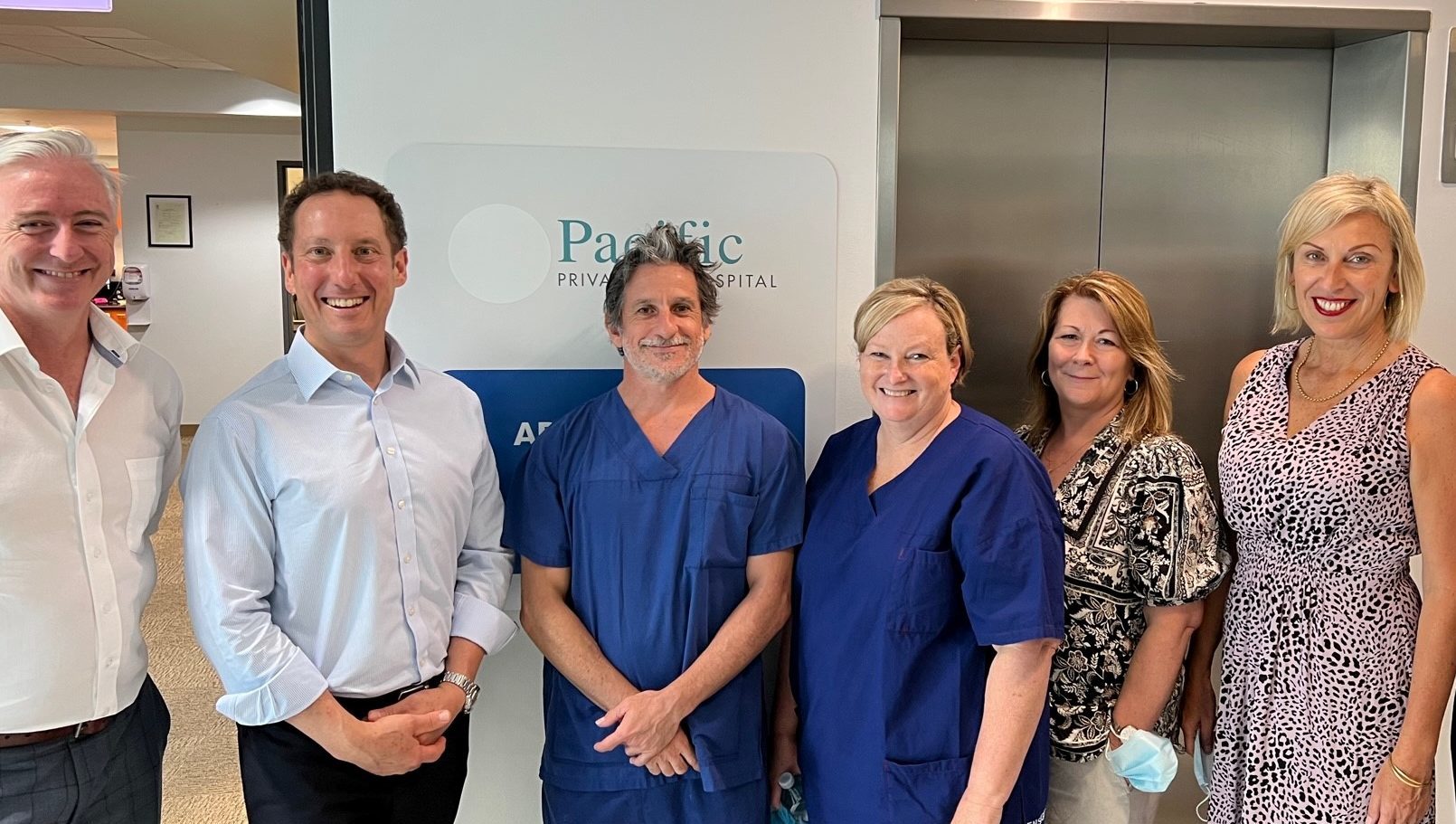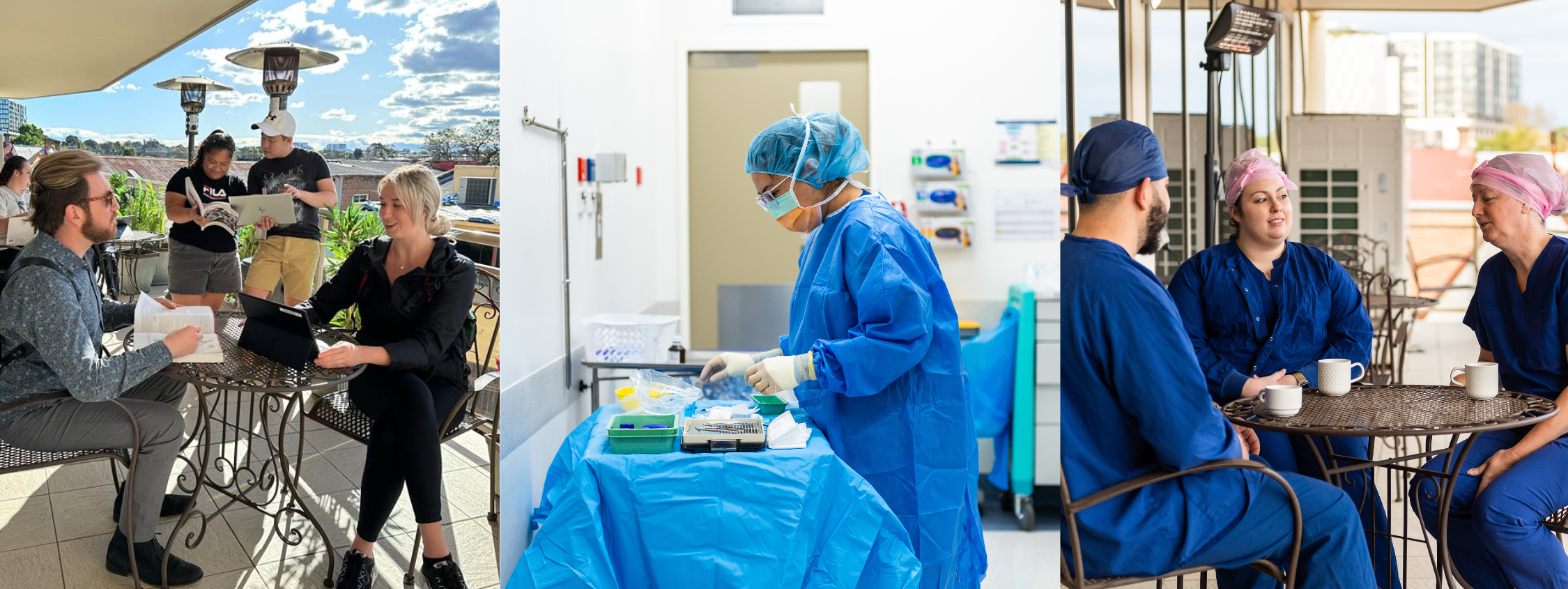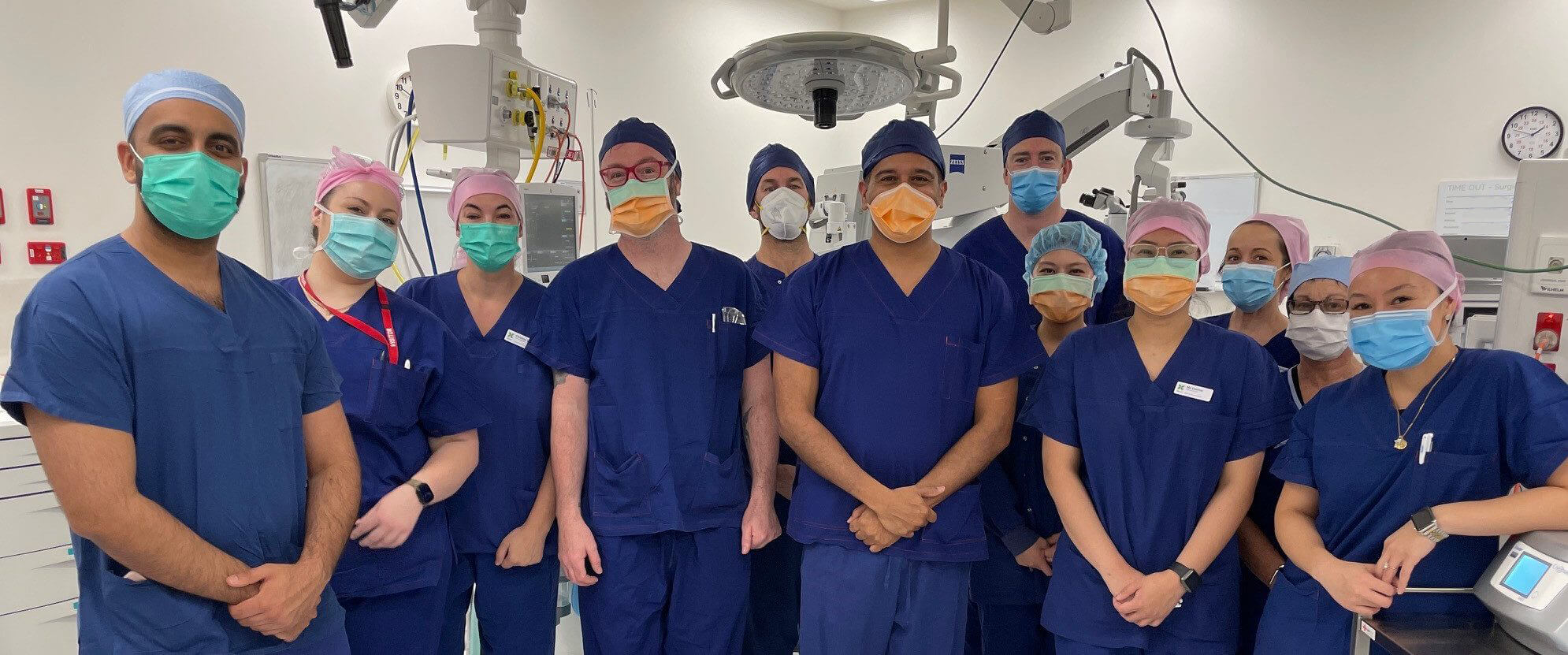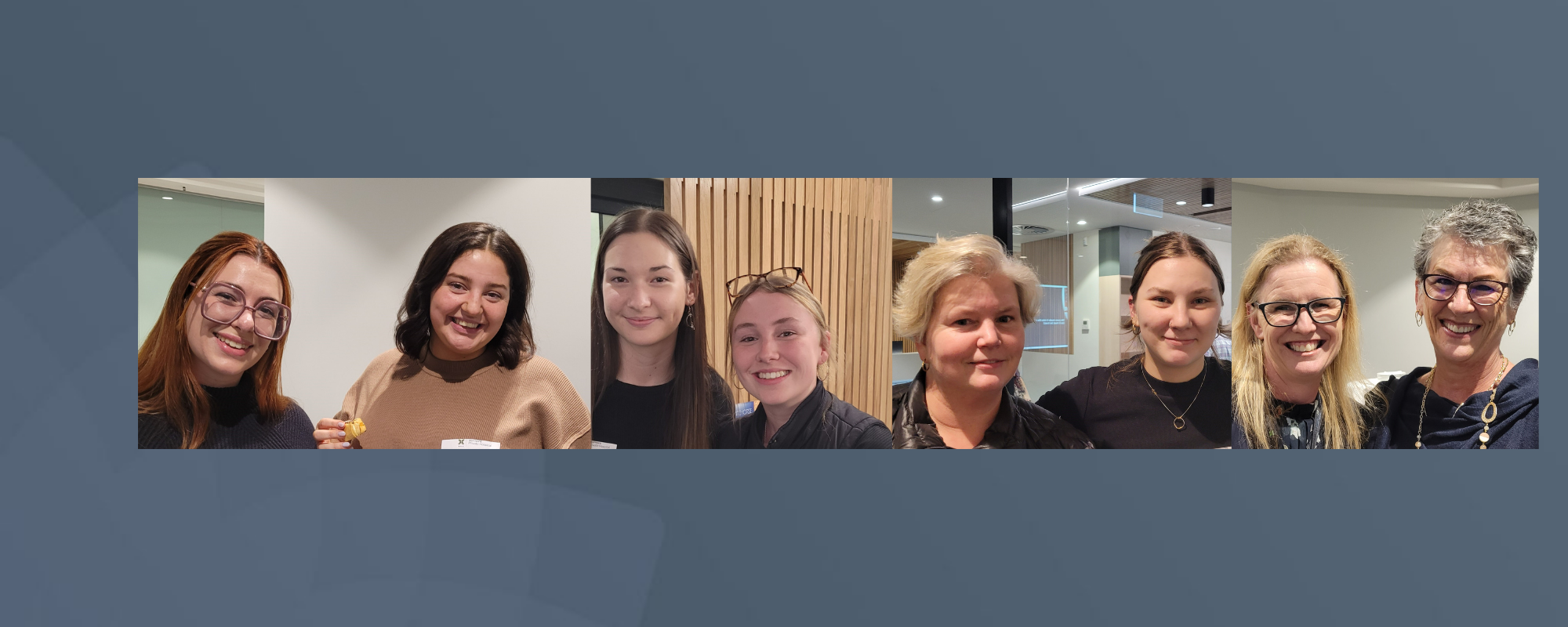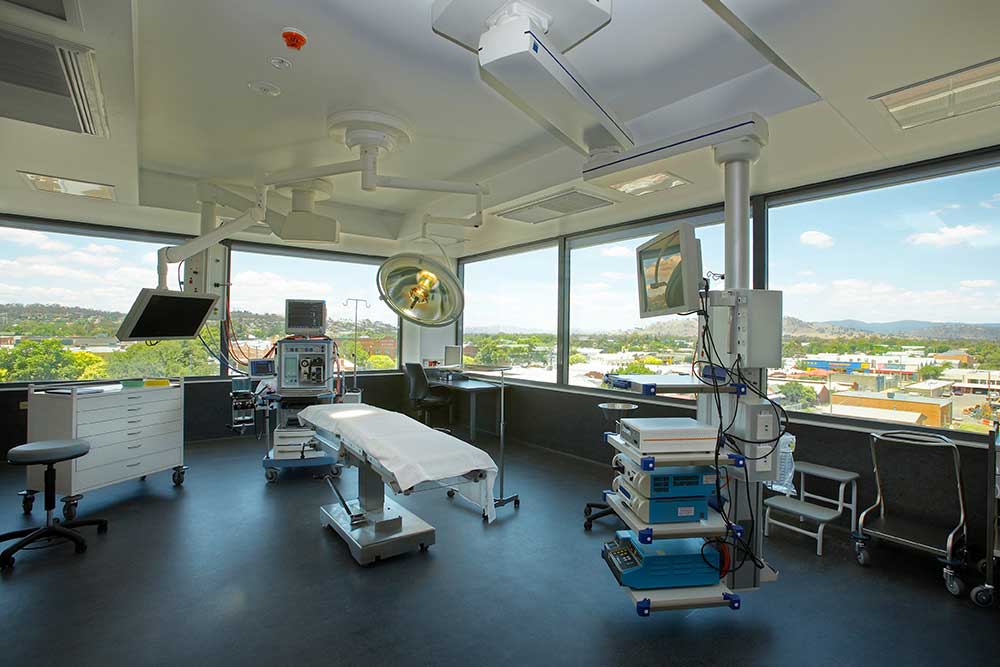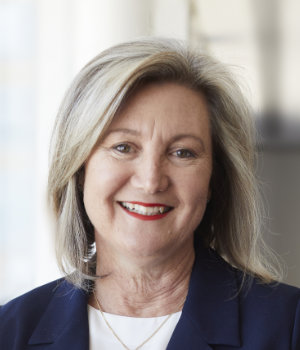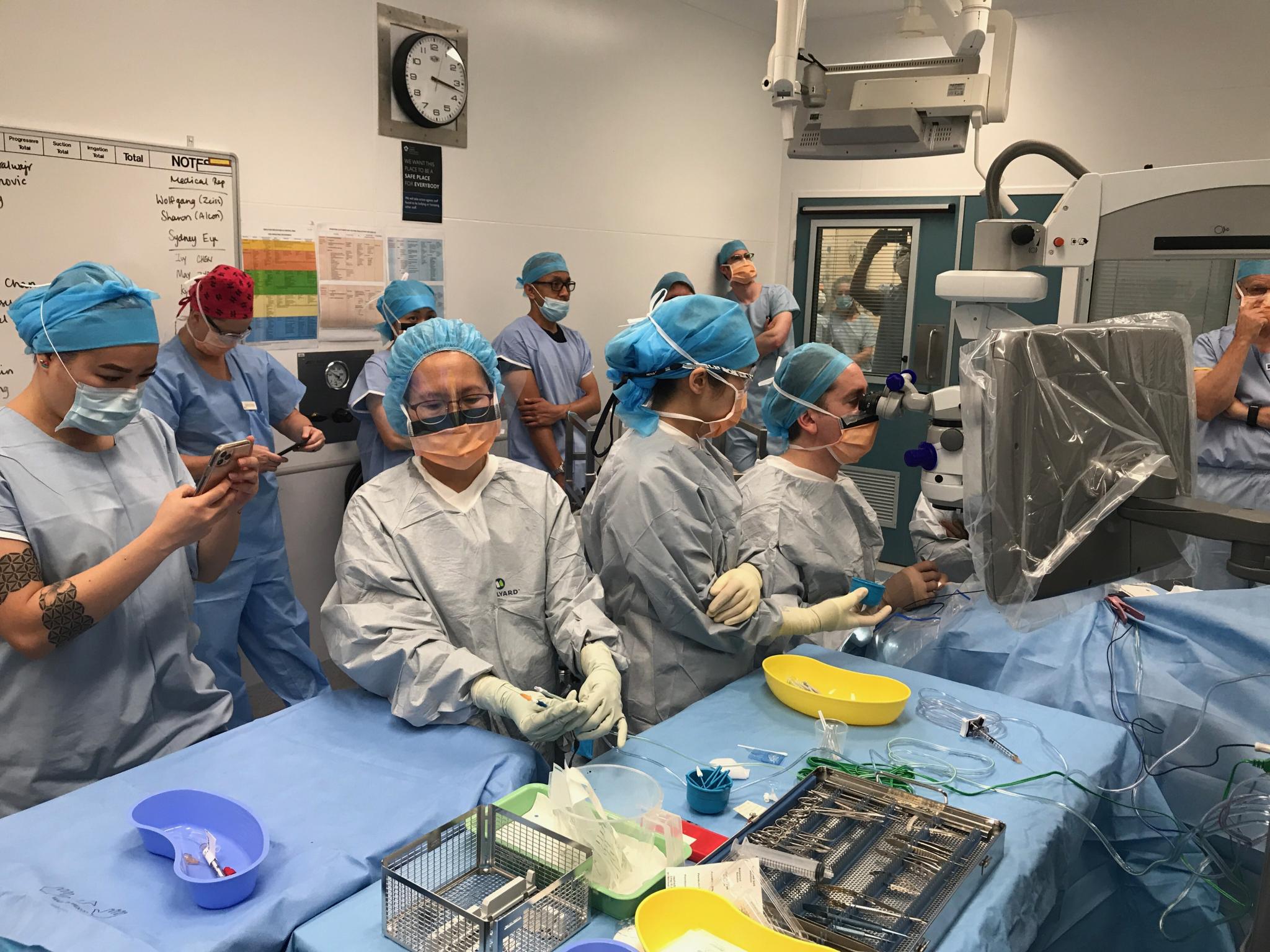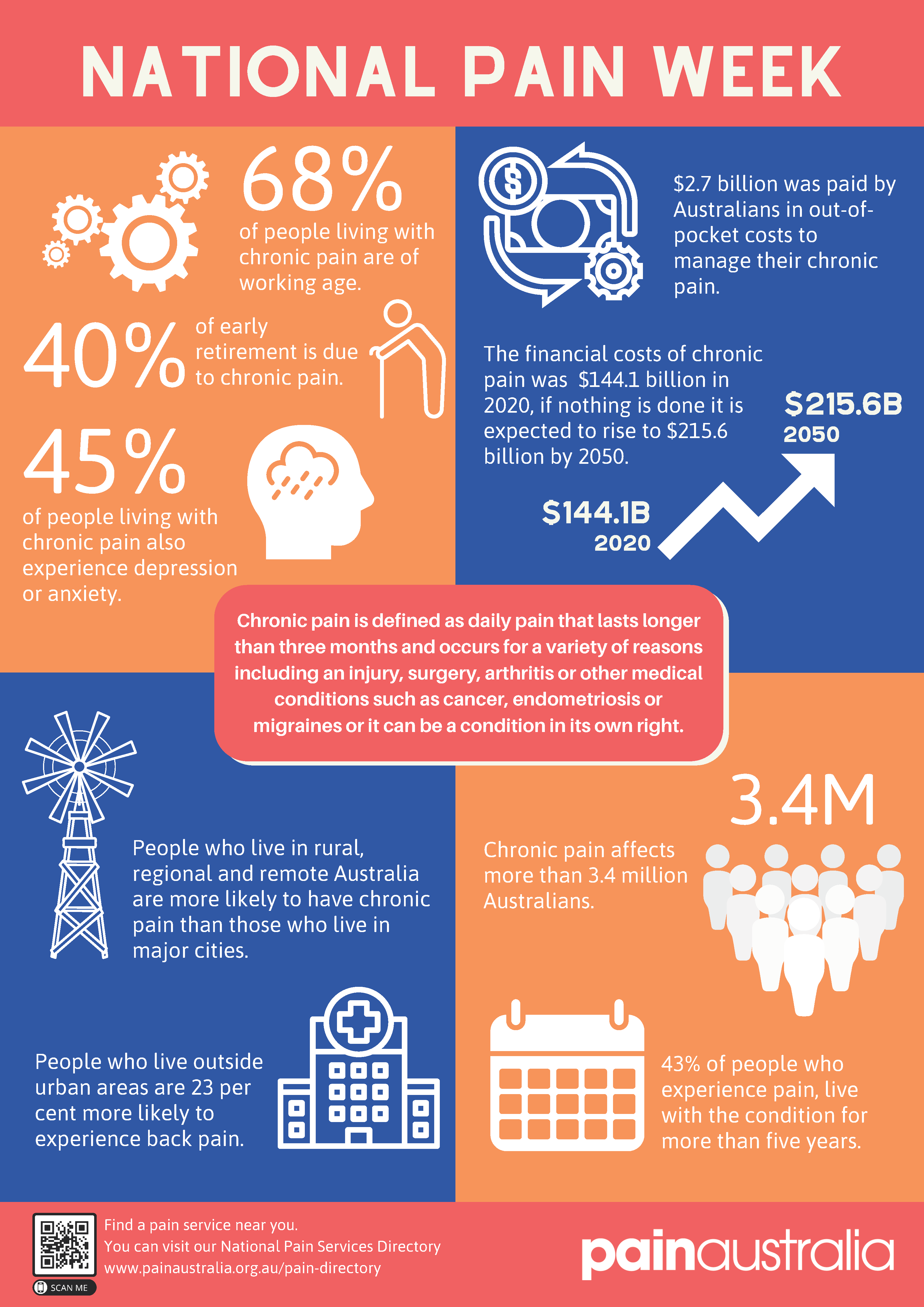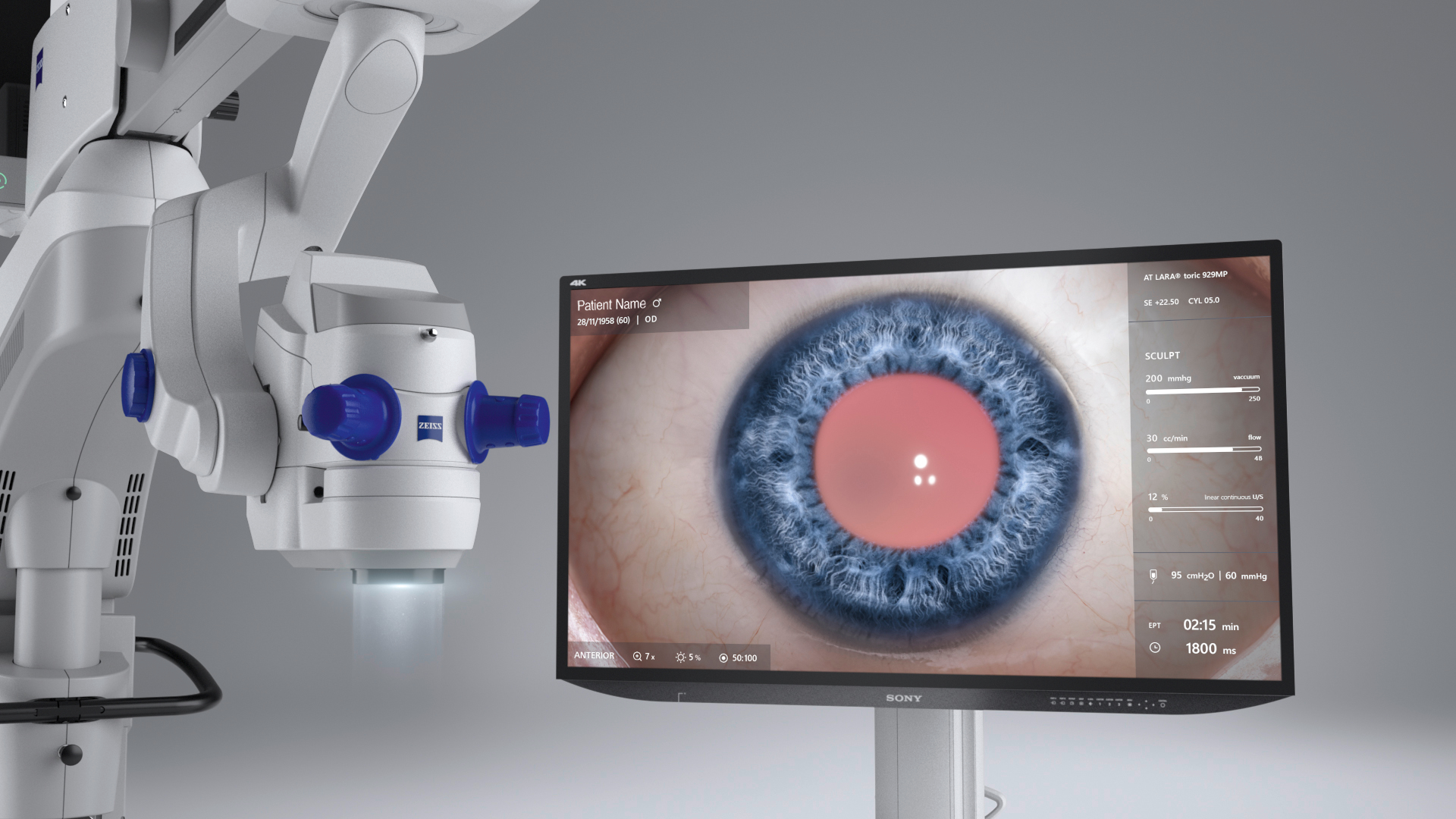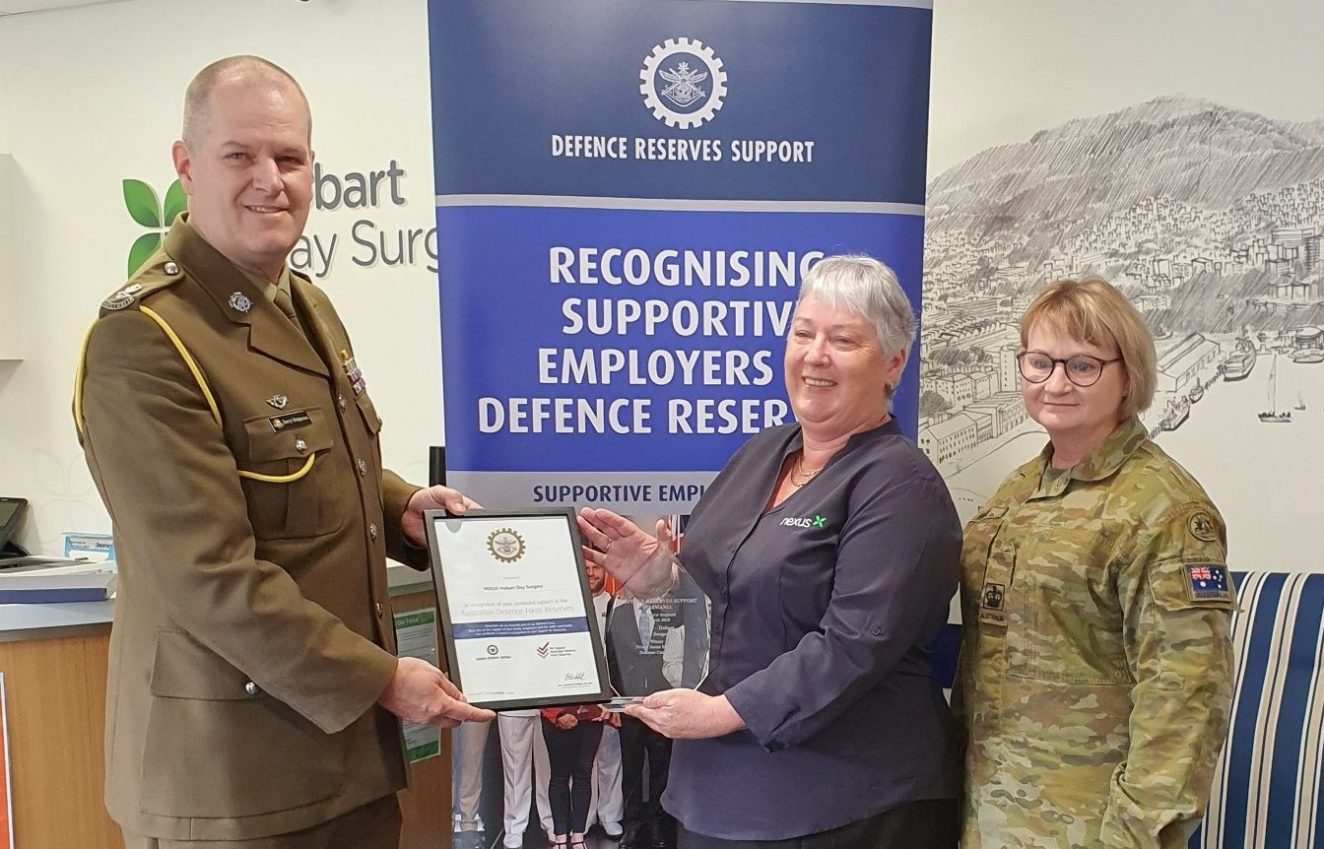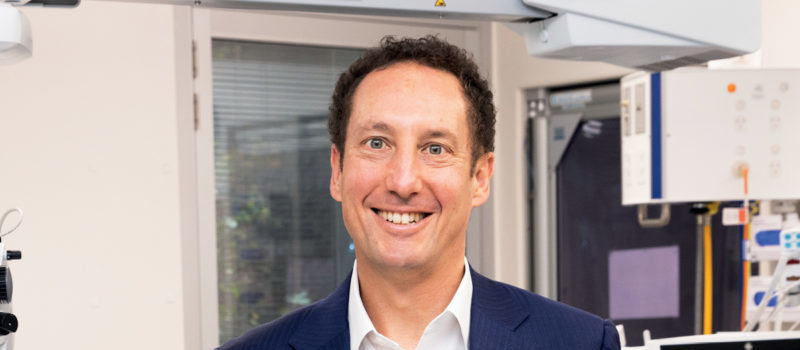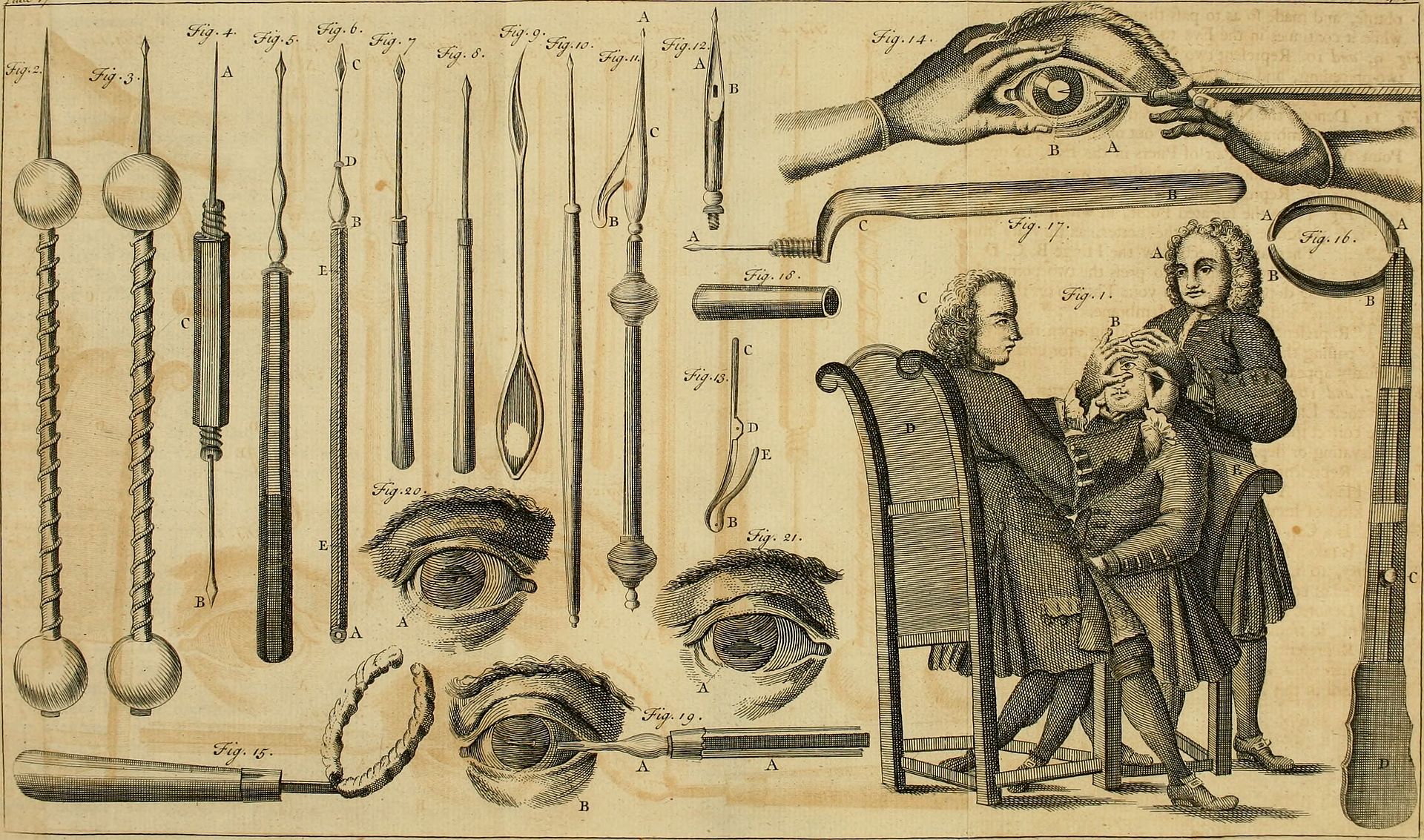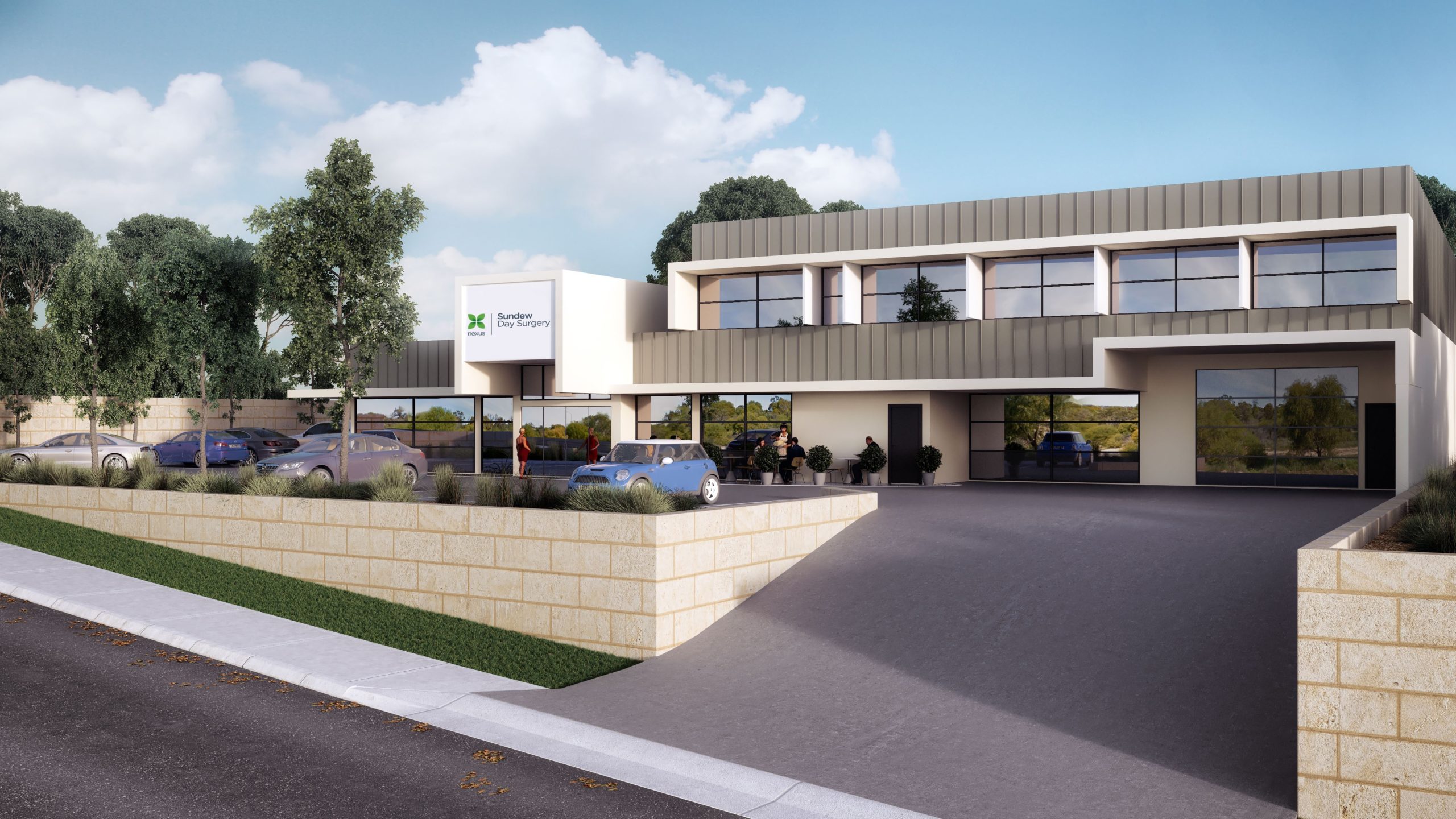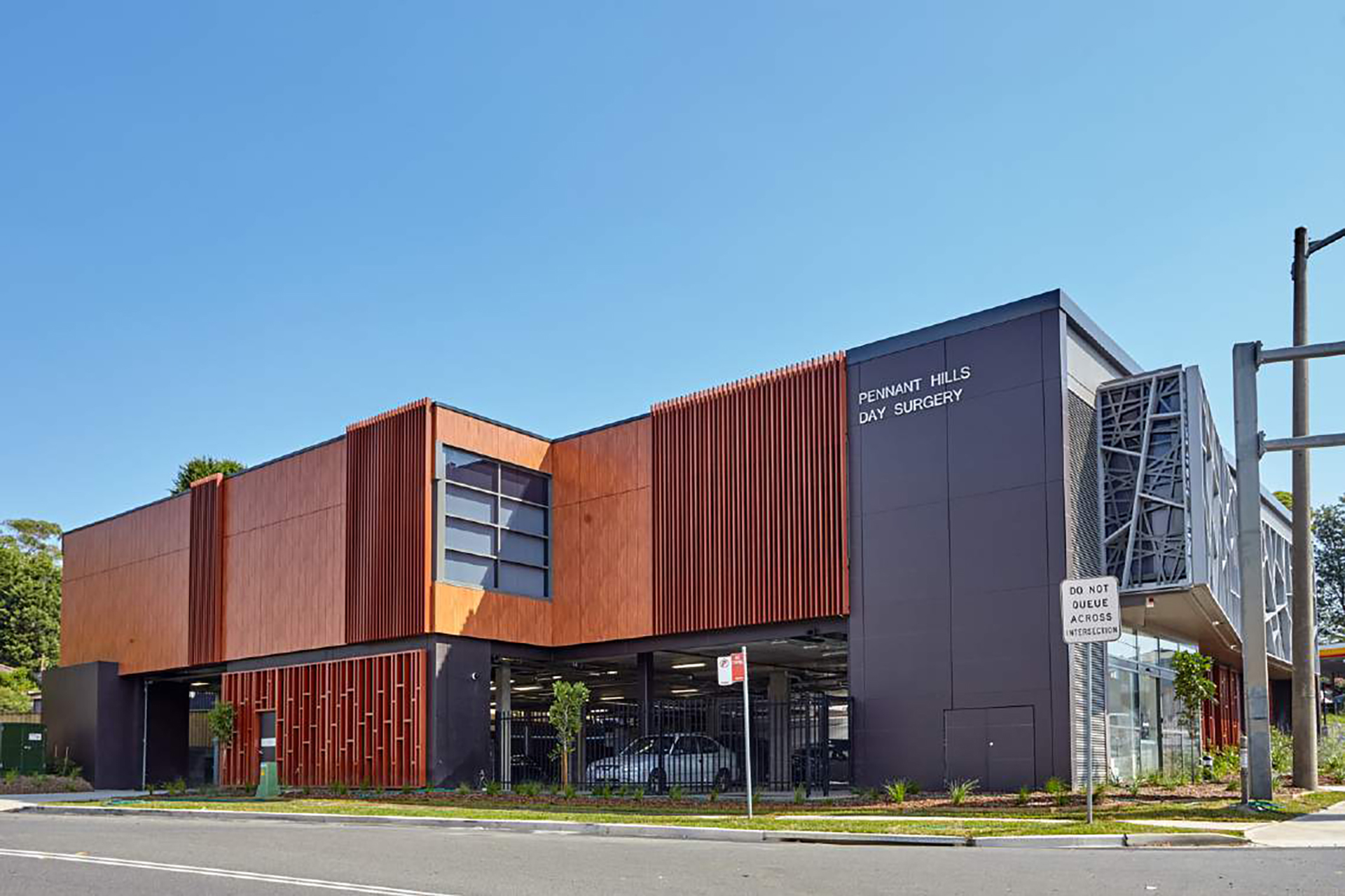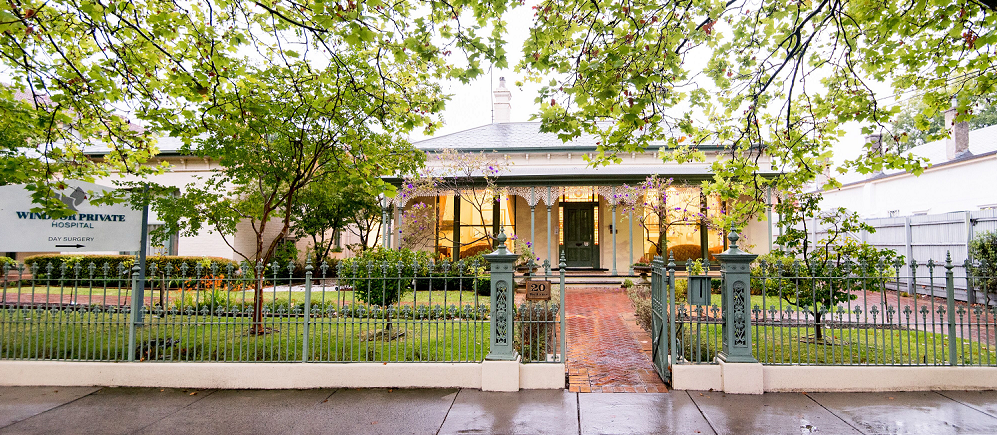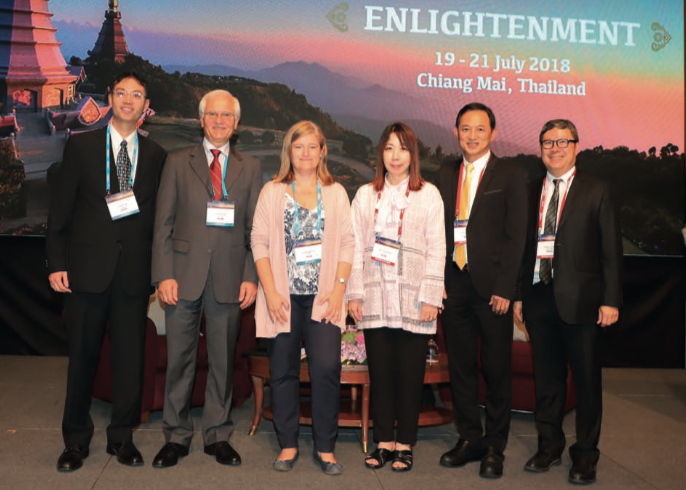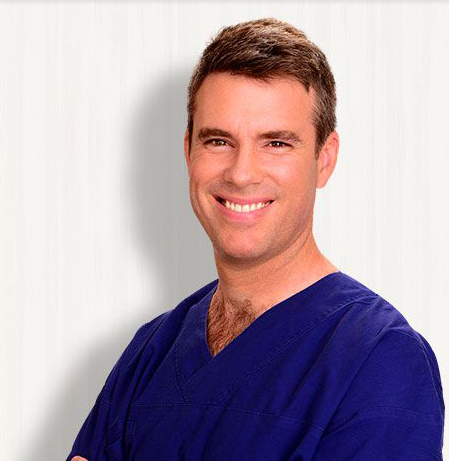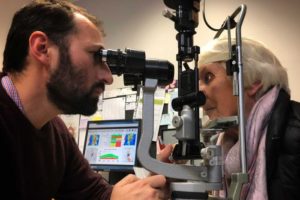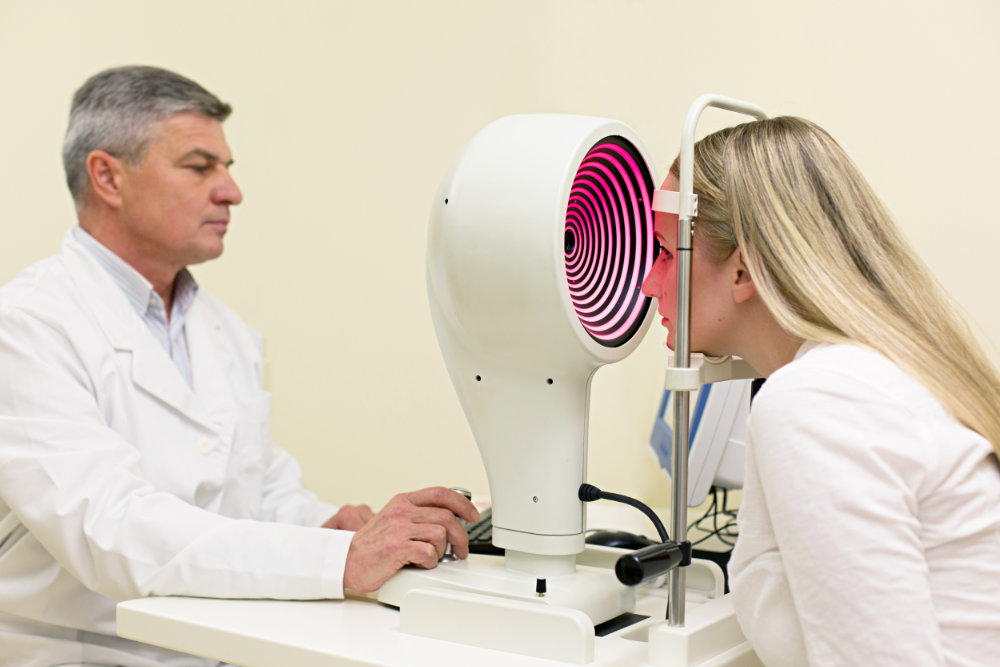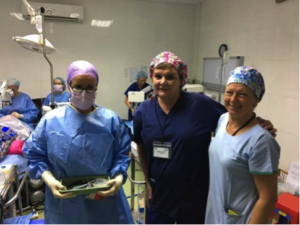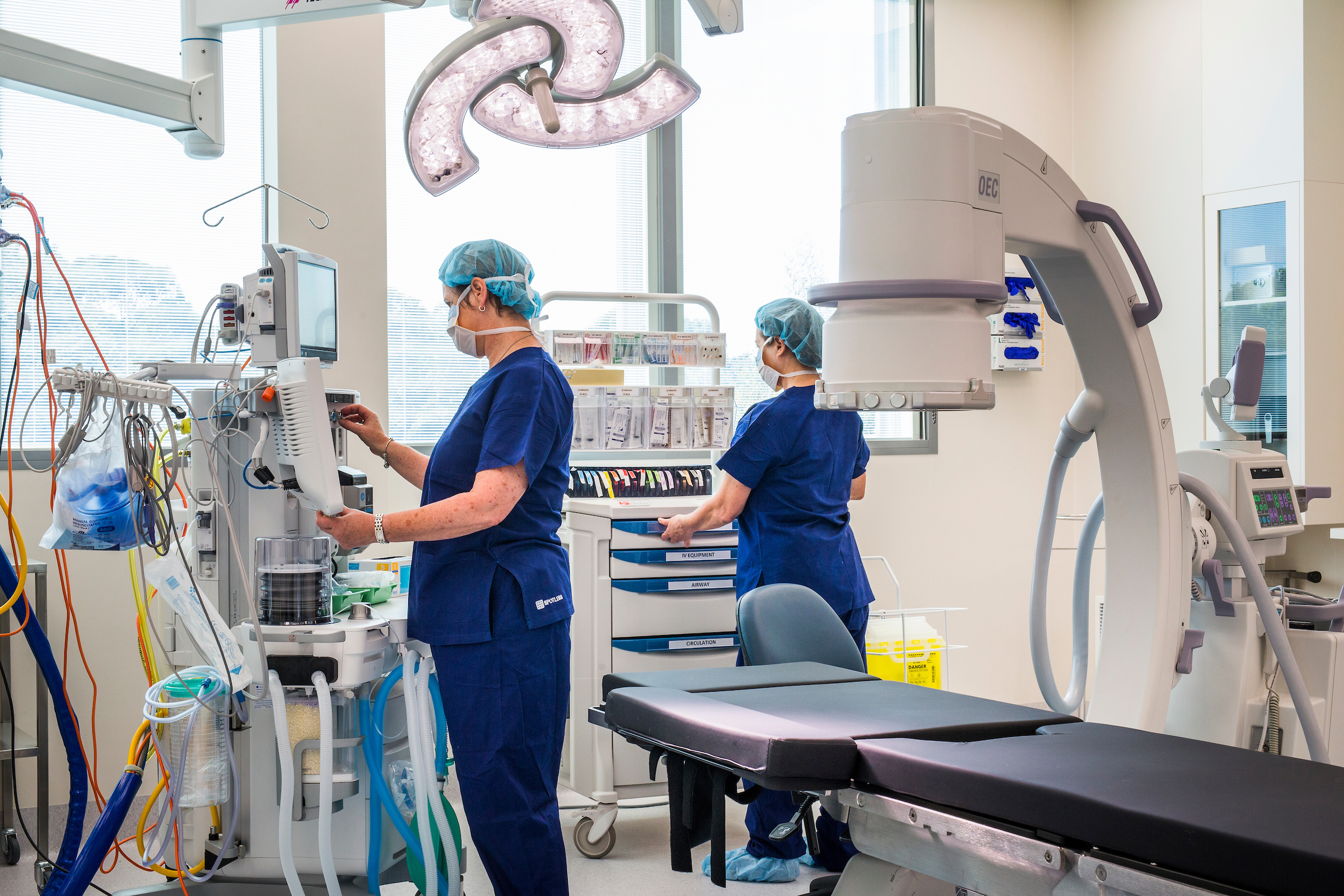/ News
June is Cataract Awareness Month
June is Cataract Awareness Month. Cataract affects about half of all older Australians, and can impact quality of life. Cataract surgery is one of the most commonly performed elective surgery procedures in Australia, and has evolved into one of the most successful operations in the western world.
What is cataract?
Cataract is the leading cause of blindness worldwide, and is responsible for 42% of all cases of world blindness. Whilst sunlight exposure, genetics and medications can influence cataract development, they are a normal part of aging. About half of all Australians aged between 65 and 74 have some form of cataract and this increases to about 72% over the age of 75¹.
A cataract is a clouding of the normally clear lens inside the eye, making it increasingly difficult for light to pass through. As the cloudiness increases, vision becomes hazy, and reading and driving, particularly at night, become more difficult. Glare sensitivity increases, and colour perception changes. Cataracts usually develop slowly, and most will take a number of years to significantly affect vision. Whilst both eyes are usually affected, one is often a little worse than the other.
The decision to have cataract surgery is usually made when the impact of the cataract starts to interfere with daily activities. If the visual haze is making it difficult to read print or road signs, is causing significant glare while driving at night, or making it harder to enjoy hobbies, then it may be time to consider cataract surgery.
This might all sound serious, but cataract surgery is the most commonly performed elective procedure in Australia, with the average age for surgery being just under 76 years¹, and 90% of cataract operations performed on those aged 60 years and over ². The procedure involves removing the cloudy lens and replacing it with a clear man-made one. Modern cataract surgery is almost always performed as a day procedure and takes only about 15 minutes to perform. One eye is operated on at a time, usually about two to three weeks apart. Long-term results are usually excellent, and 97% to 98%³ of all cases performed by an experienced surgeon are successful and free of complications³, Most people can see much more clearly the next day, and get back to their usual routine within a few weeks.
If you are having trouble with your vision, you should arrange an appointment to see your usual eye care practitioner, who will be able to refer you to an ophthalmologist if required. For a list of ophthalmologists performing cataract surgery in our hospitals, please click here.
¹Kanthan GL, Wang JJ, Rochtchina E et al. Ten-year incidence of age-related cataract and cataract surgery in an older Australian population. The Blue Mountains Eye Study. Ophthalmology. 2008 May; 115 (5): 808-14.
²Australian Institute of Health and Welfare. Cataract surgery. Canberra: AIHW; 2014.
³Clark A, et al. Whole Population Trends in Complications of Cataract Surgery Over 22 Years in Western Australia. Ophthalmology. 2011 Jun;118(6):1055-61.
Image courtesy of Imrankabirhossain





